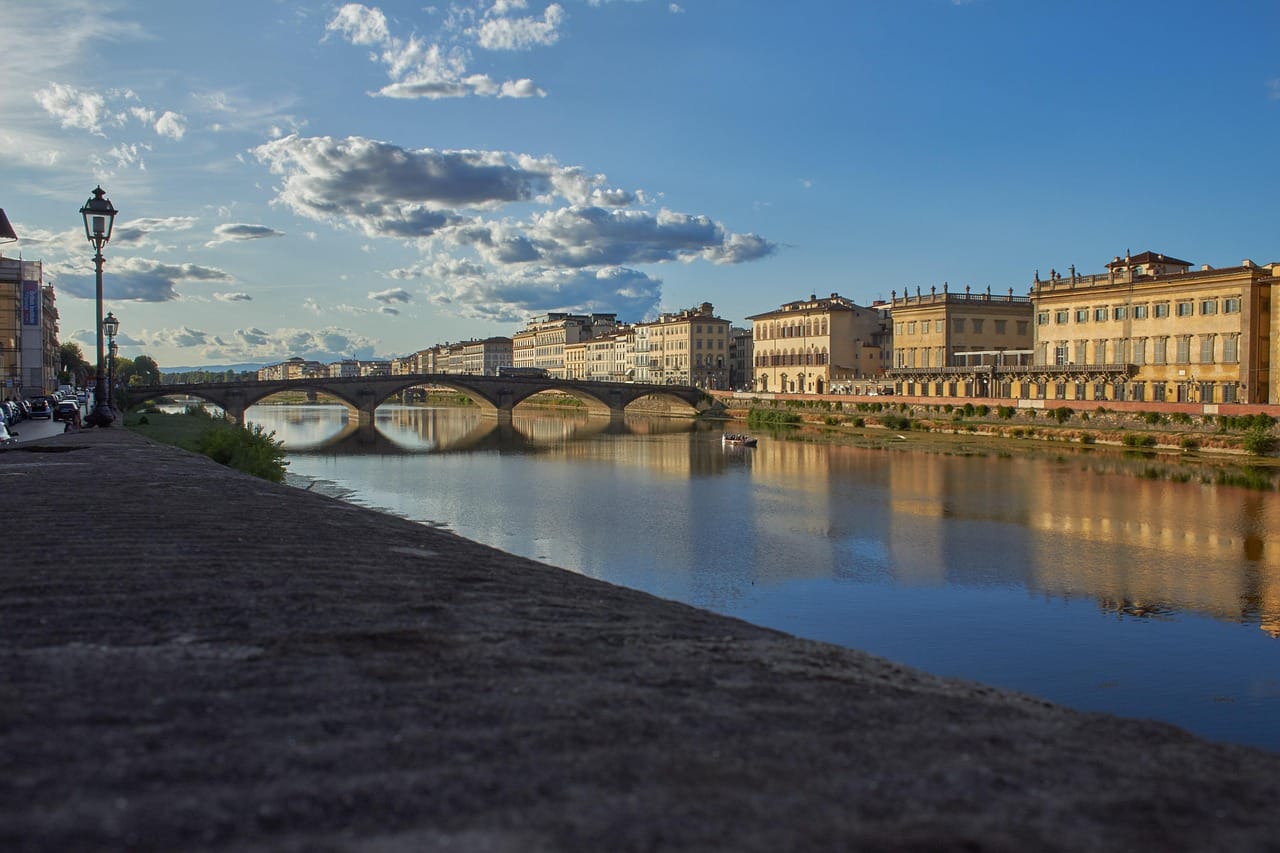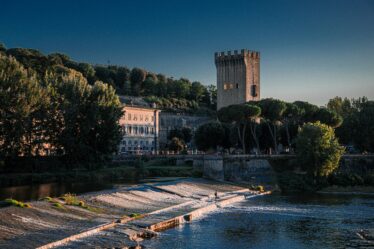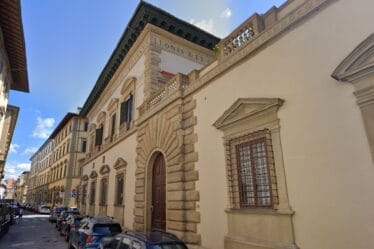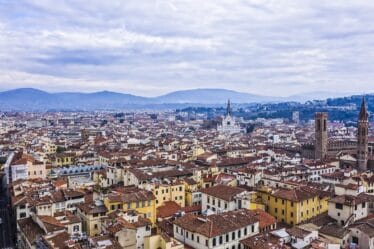

Four Eras of Florence’s Square is a historical site in the heart of Florence that encapsulates centuries of transformation. From its medieval origins to its symbolic role in the Italian unification, this square reflects the dramatic political, social, and cultural shifts that have shaped the city. Today known as Piazza dell’Unità Italiana, the square offers a compelling journey through time that is essential for understanding the evolution of Florence and Italy.
From Sacred Grounds to Periphery
In the beginning, Four Eras of Florence’s Square was a peripheral area used primarily for religious and cemetery purposes. This sacred function reflected Florence’s medieval character, where public and spiritual life often overlapped. Located outside the city’s central nucleus, the square remained relatively marginal until more turbulent times reshaped its identity.
The Guillotine and the Napoleonic Period
One of the most dramatic transformations occurred during the French domination of Florence in the late 18th and early 19th centuries. At that time, the square became the site of public executions using the guillotine, a chilling symbol of revolutionary justice imported by the Jacobin and Napoleonic regimes.
This dark chapter in the history of Four Eras of Florence’s Square is a reminder of the foreign powers that once ruled the city and imposed their ideals with violence. The use of the guillotine not only physically altered the function of the space but also left an indelible mark on the collective memory of Florentines.
The Italian Risorgimento and a New Identity
Following the collapse of French control and the rise of the Italian Risorgimento, the square underwent a radical redefinition. In 1882, the Obelisk of the Fallen of the Wars of Independence was installed. Designed by architect Giovanni Pini, this monument commemorates the Florentine patriots who gave their lives between 1821 and 1870 to achieve national unification.
This transformation symbolized a crucial turning point for Four Eras of Florence’s Square—from a site of punishment to a space of patriotic pride and remembrance. The guillotine, once a tool of repression, was replaced by a monument to liberty, marking the square’s definitive shift in meaning.
From Campo di Plaona to Piazza dell’Unità Italiana
Next to Santa Maria Novella square originally known as Il Campo di Plaona, the area eventually became Piazza dell’Unità Italiana, literally “Square of Italian Unity.” This change reflects Italy’s broader journey from fragmentation to nationhood.
Over time, the square evolved from a marginal, somber location to a central and symbolic urban space. Today, it is surrounded by modern infrastructure like the central train station, yet it retains the echoes of its rich and complex past.
Why This Square Matters Today
In modern Florence, Four Eras of Florence’s Square stands as a key historical marker within the urban landscape. It reminds us how a single space can carry the weight of centuries—sacred rituals, revolutionary violence, and national pride—all layered into the stones beneath our feet.
Its story is not just local but also deeply intertwined with European history, reflecting how Florence was shaped by external forces like Napoleon’s Empire and internal movements such as the Risorgimento.
Explore More About This Fascinating History
For those interested in diving deeper into the background of Four Eras of Florence’s Square, here are three excellent resources:
- Piazza dell’Unità Italiana – Wikipedia: A good starting point for exploring related Florentine piazzas and their historical significance.
- The Rise and Fall of Napoleon’s Empire – Khan Academy: Explore how Napoleon influenced cities like Florence.
- Italian Unification (Risorgimento) – Encyclopaedia Britannica: Learn more about the political and social process that led to Italy’s unification.
Final Thoughts
Four Eras of Florence’s Square is more than just a piazza—it is a living archive of Florence’s layered past. From solemn cemetery to brutal execution site and finally to a proud symbol of national unity, its transformation mirrors the broader history of Italy itself. For visitors, locals, and history lovers alike, this square is a must-see destination that truly captures the soul of Florence.



